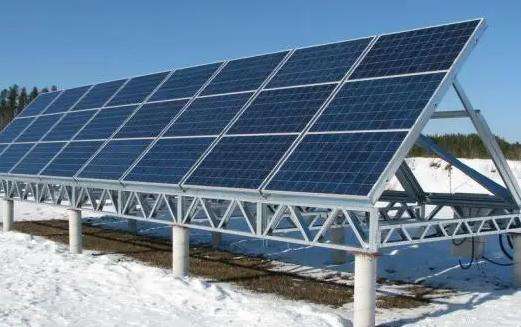The Dutch Rose 1.5 meter wind turbine is not for sale.
LIAMF1 is specially designed for families. The diameter of this machine is 1.5 meters, the weight is less than 100 kilograms, and it can rotate at a wind speed of five meters per second. Its center is actually a The rotor can automatically point to the best wind position. When the wind passes through the spiral blades, it can rotate at high speed. After rotation, the kinetic energy will be converted into mechanical energy and finally into electrical energy.
The power rose is small in size and makes very little noise when rotating, so it will not cause trouble to residents. A small generator like this can generate 1,500 kilowatts of electricity a year, which is basically enough to satisfy 50% of a household. If two or three such machines are installed on the roof, the electricity bill problem of a family for a whole year can be perfectly solved.
The prime mover, also known as the power machine, is an important driving part of mechanical equipment. Prime mover generally refers to all machinery that uses energy to generate motive power. According to the energy used, there are heat engines, hydraulic engines, wind engines and electric motors, etc.; it is the main source of power required in modern production and life fields. The prime mover can provide the active power and various losses of the unit, including mechanical losses, electromagnetic losses, etc.
Extended information:
1. Type of prime mover:
1. Heat engine
The heat engine is the main power machine used by humans. Commonly used heat engines include internal combustion engines (including gasoline engines, diesel engines, and gas engines, etc.), gas turbines, and steam power devices.
2. Wind turbine
Wind turbine is an electrical equipment that converts wind energy into mechanical work. The mechanical work drives the rotor to rotate and finally outputs alternating current. Wind turbines generally consist of components such as a wind wheel, a generator (including devices), a director (tail), a tower, a speed limiting safety mechanism, and an energy storage device.
3. Motor
Motors are divided into DC motors and AC motors according to different power sources. Most of the motors in the power system are AC motors, which can be synchronous motors or asynchronous motors ( The motor stator magnetic field speed and the rotor rotation speed do not maintain the same speed).
2. Precautions for using the motor
1. Before disassembly, use compressed air to blow off the dust on the surface of the motor and wipe the surface dirt clean.
2. Select the working place where the motor will be disassembled and clean up the on-site environment.
3. Be familiar with the structural characteristics and maintenance technical requirements of motors.
4. Prepare the tools (including special tools) and equipment required for disassembly.
5. In order to further understand the defects in the operation of the motor, if possible, an inspection test can be done before disassembly. To this end, put the motor on a load test run, check the temperature, sound, vibration, etc. of each part of the motor in detail, and test the voltage,Current, speed, etc., then disconnect the load, conduct a separate no-load inspection test, measure the no-load current and no-load loss, and make records.
Baidu Encyclopedia - Prime Mover
Baidu Encyclopedia - Electric Motor














